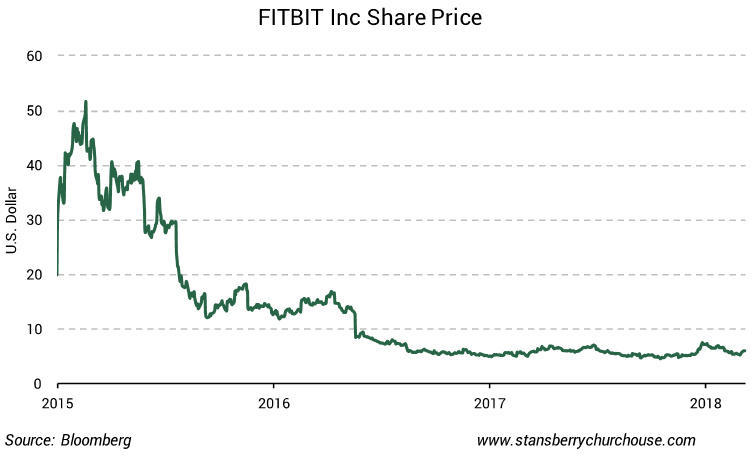Investing isn’t difficult. So why does almost everyone wind up losing money in the stock market?
[REITs]
Q2 hedge fund letters, conference, scoops etc
No one ever buys a stock they think is going to fall in value (just like no one gets married anticipating that they’ll get divorced…). And investor returns are often destroyed by a handful of bad mistakes.
Three potential time bombs in your portfolio
Here are three types of investments that can seem like a good idea – but almost never are.
- The “talking head” stock pick. You can always count on the guest senior analyst, hot-shot fund manager or investment guru being interviewed on the morning business news to have a terrific-sounding idea.
And buying stocks recommended on TV or on a podcast isn’t a sin. The experts being interviewed on CNBC or Bloomberg are some of the smartest people in the industry, often with decades of experience. (Even though all too often, banks’ picks are about as bad as their World Cup predictions.)
Buying what the talking head tells you to buy is usually a bad idea. Remember… he (or she) is talking up his own stock – so he’s already bought all he wants. He wants you – the innocent viewer – to buy the stock too, so that he can sell at a higher price.
For example, on July 13, 2015, analyst Bob Peck of SunTrust Robinson Humphrey recommended Fitbit (NYSE; ticker: FIT) on CNBC. He said, “There’s a huge total market that’s just starting to get penetrated… there’s a lot of opportunity [for Fitbit] to run.” At the time, the shares were at around US$44 per share – close to their all-time high. Subsequently, the shares fell more than 80 percent. And now they trade around US$6.
So if you’re tempted to buy the great stock that slick talking head is recommending… think twice. (See here for more on “analyst speak”.)
- The “quick profit” that became a long-term investment. Every now and then, an opportunity to make a quick profit from a unique situation comes along. It could be a potential buyout or acquisition, an impending groundbreaking product launch, or an anticipated rebound following a selloff.
When these situations work out as expected, it’s great. You can get in and out and make some money.
But life – and investing – rarely happens that way. The situation may not unfold as anticipated… and your quick trade becomes a long-term, money-losing investment. When the investment thesis changes, and you don’t have a good reason to continue to hold a stock – you should probably sell. You don’t want your portfolio weighed down by short-term punts that devolve into long-term “investments”.
- The stock you can’t let go. Many people fall in love with their stocks. It might be that a stock with a great story that you can relate to, like renewable energy or video game development. Or it could be a stock you remember as a household name growing up, like General Electric.
But sometimes these companies encounter difficulties and challenges that completely upend their business model… with unpredictable, but usually bad, consequences.
For example, U.S. President Trump’s push for more fossil fuel-friendly energy policies and his trade protectionism have significantly changed the business landscape for once-darling solar panel companies that rely heavily on subsidies and imported components.
So you may love the idea of a solar-powered world, but the MAC Global Solar Energy Index – which tracks solar stocks listed on exchanges in developed countries – has lost 15 percent since the start of the year.
The most successful investors will tell you they never fall in love with their investments. The simply focus on the company’s performance and future prospects.
And most of them have pre-set stop loss limits that prevent further losses, preserve their capital and allow them to exit a trade without having to second-guess their decision. (You can learn more about stop losses here.)
So for every stock in your portfolio, set a mental stop and if your stock hits that price, sell and move on to the next opportunity – no matter how much you love it.
Good investing,
Brian Tycangco
Editor, Stansberry Churchouse Research


